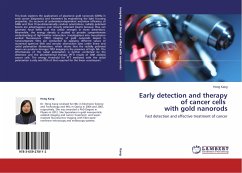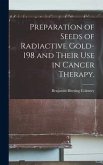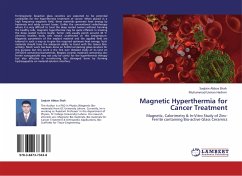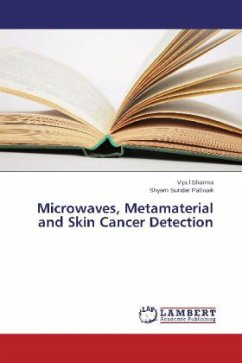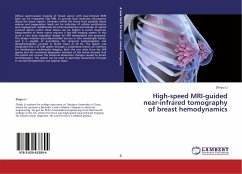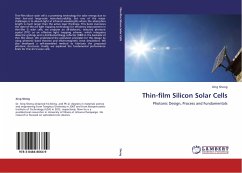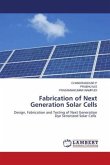This book explores the applications of plasmonic gold nanorods (GNRs) in early cancer diagnostics and treatment by engineering the light focusing properties. On account of polarisation-dependent excitation efficiency of GNRs and their three-dimensionally random orientations, radially polarised beams are advantageous over linearly polarised beams because they can generate focal fields with the similar strength in three dimensions. Meanwhile, the energy density is studied to provide comprehensive understanding of light-matter interaction. Investigations into two-photon excited fluorescence (TPEF) imaging of gold nanorods doped in nanocomposite films are conducted by applying different values of numerical aperture (NA) and annular obstruction sizes under linear and radial polarisation illumination, which shows that the radially polarised beam can produce stronger TPEF imaging in the presence of high NA. The effectiveness of the radial polarisation is further confirmed by the detection and the photothermal therapy (PTT) results of GNR assisted cancer cells. The energy threshold for PTT mediated with the radial polarisation is only one fifth of that required for the linear counterpart.

